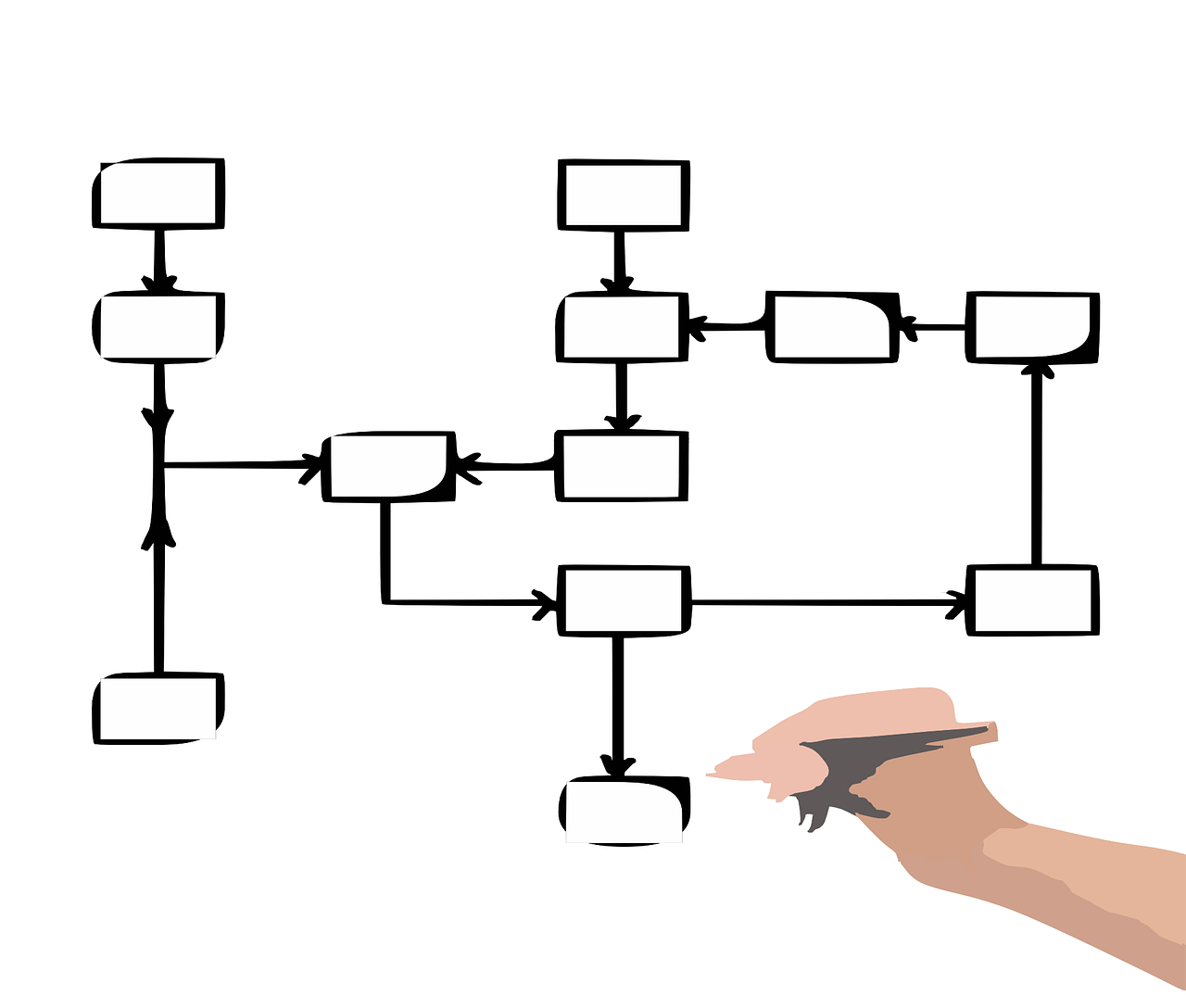5 Simple Steps To Creating A Successful Project Workflow

An effective workflow process is one in which the information, tasks and relevant documentation are efficiently passed on, according to a set of defined procedural rules. This often involves teams with many people and ensuring that all individuals have access to the information they need in a timely manner is essential for the successful completion of projects.
For a growing number of companies, this means using work-management software, which can reduce manual work, streamline the process and increase productivity. Here are five simple steps to creating and implementing a successful project workflow.
#1. Set A Goal
When you first start creating a workflow, it’s important to take some time to consider the goal. Think about what the final aim or end point of your project is and then work backwards. This will allow you to carefully consider all the steps that you will need to take in order to ensure that your project is successful.
Similarly, it’s helpful to perform a process audit. Think carefully about each step of the process. Consider what systems and processes will be needed at each stage of the project.
Ultimately, by mapping out the whole process and creating a checklist as you go, you’ll be able to identify which aspects of your process require additional steps and which are overly complicated. As such, you will be able to effectively streamline the process so that you can be as efficient as possible.
#2. Select a Change Agent
One of the most challenging aspects of trying to improve workflows is resistance from other people. Even if the workflow that you’re proposing is more efficient and helps to improve the process, many people may be weary of it and hesitant to adopt it.
Fundamentally, this is because people can find change difficult. In many instances the legacy of an existing workflow is hard to overcome. Once people get accustomed to doing things in one particular way, it can be very challenging to convince them to change their behavior or way of working.
One of the most effective strategies you can use to convince your workforce to buy into a new workflow is to nominate a change agent. This is a person who will lead your pilot project and help to instill confidence in others to follow the same path.
Ideally, you want to choose someone who is committed to the project and who cares about its success. It should also be someone who communicates easily and successfully with others.
A person who collaborates effectively with others and who is used to problem-solving and having to trouble-shoot is an ideal candidate for this role. Ultimately, your change agent should be someone who has good leadership qualities and who is effective at keeping individual team members motivated and engaged in projects.
#3. Run A Small Pilot Project
Another good strategy for convincing people to adopt changes is to provide them with proof that the changes work and therefore, are worth the effort it takes to become used to them. As such, it is a good idea to introduce workflow changes slowly. Running a small pilot project is a particularly effective technique.
A small pilot project will provide you with the opportunity to get used to all the changes and quickly identify and resolve any initial, unforeseen issues. Additionally, moving from a manual workflow to an automated, cloud-based workflow is a complex and technically challenging situation which will require time to fully adjust to.
Use your pilot project to highlight the benefits of moving towards a centralized and automated workflow.
Avoid beginning with a large-scale project. Instead, choose something simple and small which has a realistic and achievable goal. Once your pilot project proves successful, it will be easier to convince others to make the necessary changes, as well as providing you with invaluable experience to make future projects run more smoothly.
#4. Set A Realistic Deadline
It is essential that you set not only clearly defined goals for your pilot, but also a set firm deadline. This is especially important because it is likely that your pilot project will take place in addition to your existing daily operations. However, in order to ensure success, you need to make sure you’re your deadline is realistic.
It can be particularly effective to involve all the participants of the project, including stakeholders, in creating a realistic timeframe. In this way, everyone involved will have a clear shared goal and end point.
One of the benefits of moving towards an automated workflow is that you are able to easily share all the details of the project, including deadlines, with everyone involved. Should you need to change your timeline or deadlines, it is easy to automatically notify everyone involved.
#5. Refine And Repeat
Once you have successfully completed a pilot project in which the benefits of your new simplified workflow are evidenced, you can begin to apply it to other projects.
It is important that you reflect on your pilot project and evaluate what its strengths and weaknesses were. This way, you are then able to refine any areas which perhaps did not work as effectively, so that the next project is even more successful. Remember to celebrate the small successes along the way too.
Another particular advantage of using work-management software is that it enables members of different sectors and departments to work together on projects.
As all the information, including tasks, deadlines and deliverables, are kept in one centralized location, information can be easily and simply shared with all project participants. This means that you can create specific teams on a project-by-project basis.
Conclusion
Automated workflows have many benefits. Principally, they can make projects run more smoothly and efficiently.
By simplifying the process, they also provide you with the opportunity to increase productivity by reducing unnecessary tasks. Additionally, automated workflows will also provide the opportunity for greater cross-departmental collaboration for individual projects, which will make projects easier to manage and more likely to succeed.














